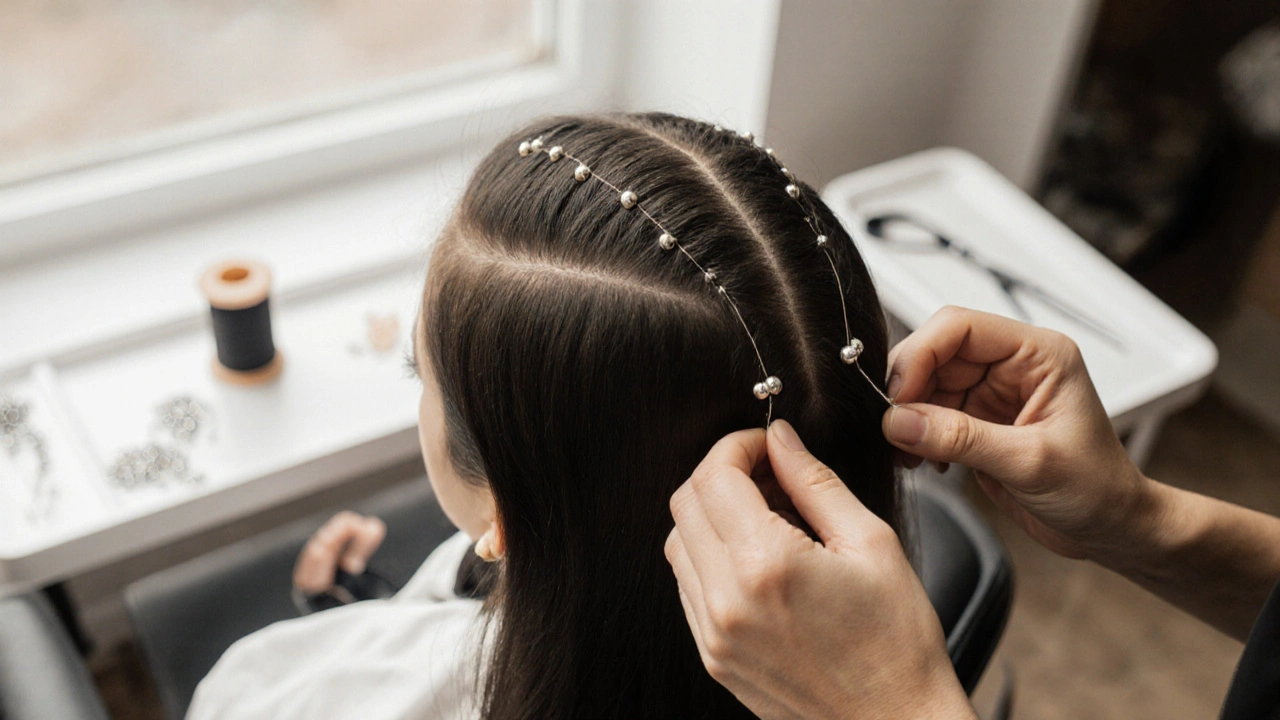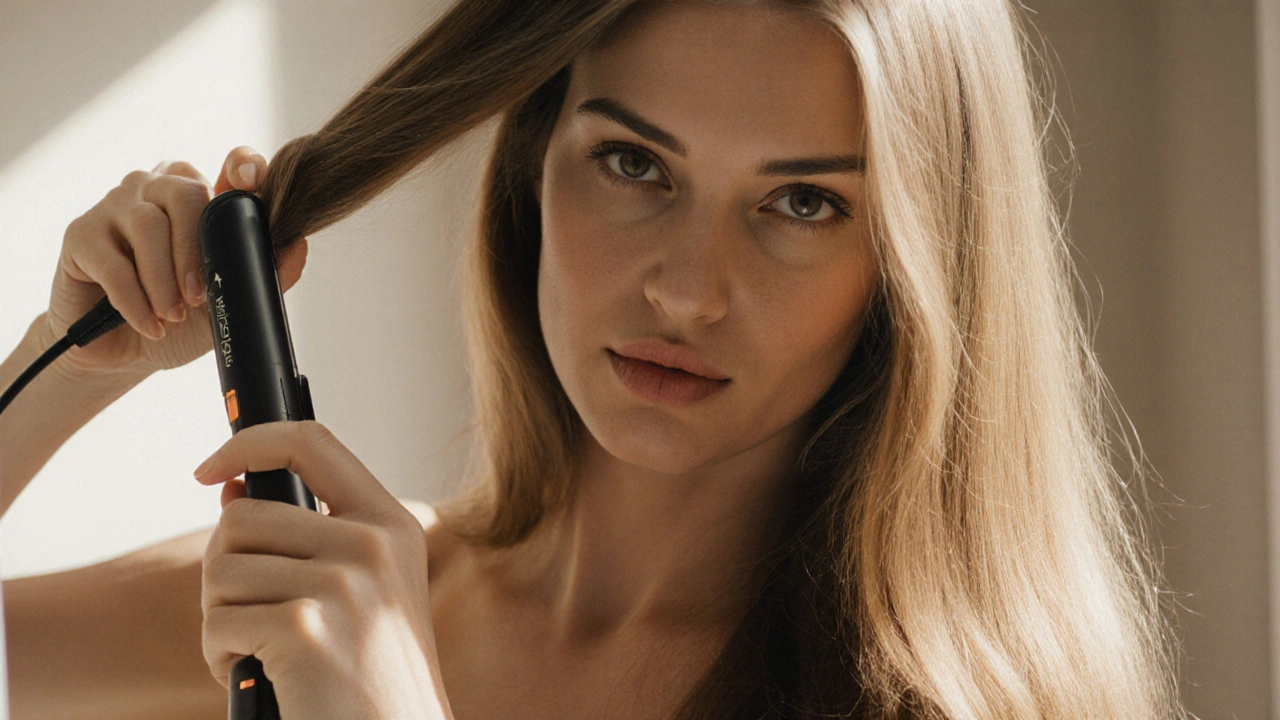When you get hair extension installation, the process of attaching additional hair to your natural strands for length, volume, or style. Also known as hair addition, it’s not just about slapping on more hair—it’s about matching texture, weight, and growth patterns so it looks like it’s always been yours. Whether you’re going for a full head of volume or just a subtle boost, the way extensions are installed makes all the difference in how natural they look and how long they last.
There are several ways to do it, and each one suits different needs. sew-in extensions, hair wefts stitched into braided cornrows are great for long-term wear and thickening fine hair, but they need professional help to install and remove safely. clip-in extensions, pieces with tiny clips that snap in and out are the easiest for beginners—you can put them in yourself before a night out and take them out before bed. Then there’s the halo extension, a single wire band with hair attached that sits on top of your head like a crown. It’s lightweight, doesn’t touch your scalp, and is perfect if you want instant length without commitment.
What most people don’t realize is that installation isn’t just about the method—it’s about your hair’s health. If your natural hair is thin or fragile, some methods like tight sew-ins can cause breakage over time. That’s why knowing your hair type matters as much as choosing the right extension. You don’t want to end up with beautiful extensions now and damaged hair in three months. Good installation means your hair stays healthy, the extensions blend seamlessly, and you don’t have to constantly fix slipping clips or itchy wefts.
And it’s not just about the hair itself. Your lifestyle plays a role too. If you work out daily, swim often, or sleep on cotton pillowcases, you’ll need extensions that can handle sweat, chlorine, and friction. That’s why care tips are part of the installation process—not an afterthought. Washing too much, using heat without protection, or sleeping with wet extensions can ruin them fast. The right installer will tell you how to treat them like your own hair—because that’s what they’re supposed to look like.
There’s no one-size-fits-all solution. What works for someone with thick, shoulder-length hair might not work for you if you have fine, short hair. That’s why the best results come from talking to someone who’s seen it all—someone who knows which extensions hold up in North Carolina humidity, which ones blend with dark brown hair without looking fake, and which methods won’t pull on your scalp after a long day. The posts below cover real experiences, common mistakes, and practical tips for every type of installation—from halo extensions that last a year to clip-ins that stay put all day. You’ll find out what actually works, what’s overhyped, and how to avoid the traps that leave people disappointed.

Fusion hair extensions are bonded strand-by-strand to your natural hair for a seamless, long-lasting look. Learn how they work, how long they last, and whether they're right for your hair type.

Hand tied and tape in hair extensions both add length and volume, but which is better for your hair type and lifestyle? Learn the real differences in durability, comfort, cost, and hair health.

Hot Head extensions stand out for their heat resistance, natural blend, and durability. Unlike other extensions, they last months without damage and work with everyday styling tools-no salon needed.